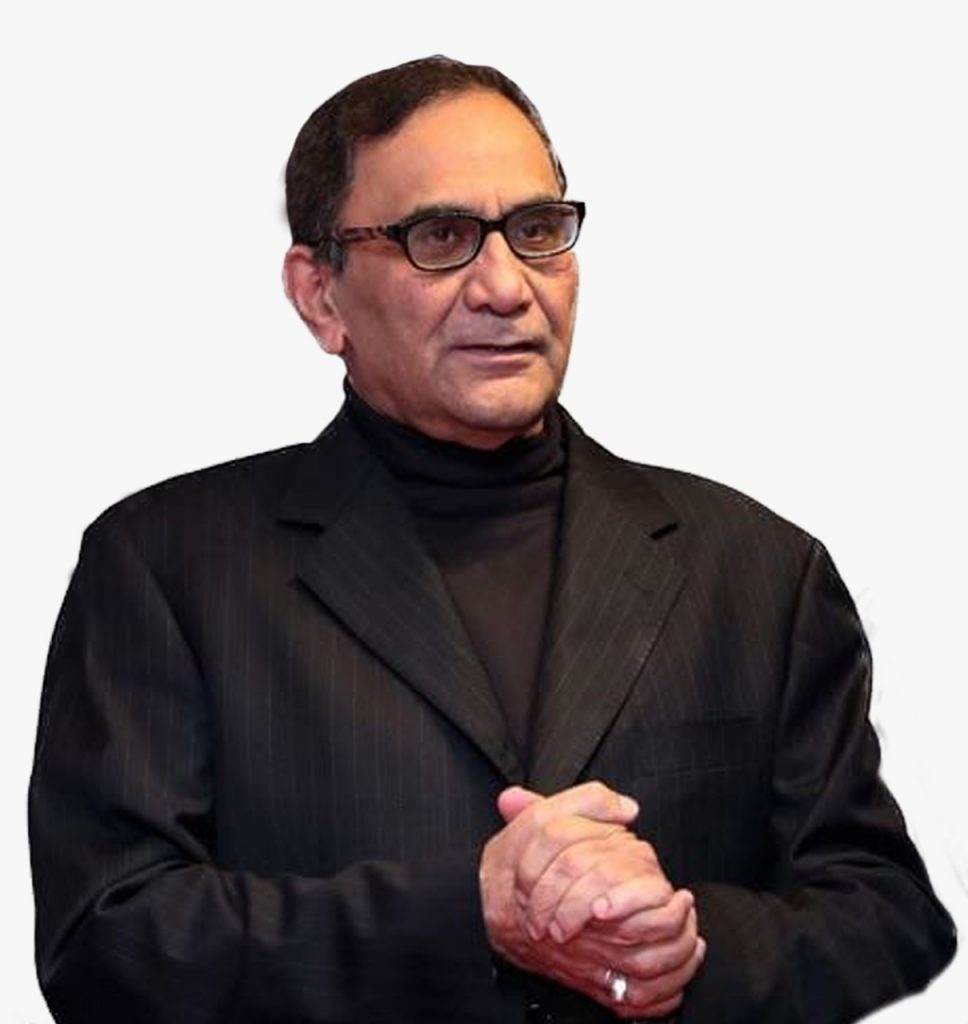By Bikram Vohra

If you hunt for it the listing, it shows India has one hundred and forty-eight private aviation companies. According to the Directorate General of Civil Aviation (DGCA), the number of operators holding the Non-Scheduled Operator’s Permit (NSOP) reached a peak of 147 in 2011-12 and then fell. It was 111 in 2017-18. The NSOP fleet in India comprises 356 aircraft, including helicopters. Most of these are for tourism and corporate hire. With 486 airstrips, 4000 cities, a rich tapestry of history and culture there should have been a lot more active but the mindset has curbed that growth. Indians still think that flying privately is a self-indulgent luxury and traditionally, number crunchers have frowned on it.
In what can only be called irony it is the Covid pandemic that has softened the attitude to private charters and corporate jets. In the past two years, there has been a major change with a new generation looking for “efficient, flexible, safe, secure and cost-effective access to destinations across the country.”
This is not just a quotable slogan but something that one has to now factor in as a growth industry because more and more new-age millionaires are seeing the value of the private flight. Not only does it get you to destinations that are not served by major airlines but it is also time-saving. What was once the preserve of the very rich, film stars and corporate honchos now promises to be a signpost to the future.
The spike in the use of corporate aircraft during 2020 and 2021 was globally impressive, leaping almost 30% more than it was in the pre-Covid times.
Although it did rake up a controversy in the United States about the misuse of the multi-trillion dollar federal rescue for airlines. There was quite a ruckus over this funding being misused to help the top bosses enjoy a luxurious lifestyle and use corporate aircraft freely while the average Joe waited for hours at the airport with none to do him reverence. That stink has not yet completely dissipated and according to some reports more than half a billion dollars was syphoned into boutique aviation firms in order to offer private jet travel to the super-rich.
Be that as it may, what we are now looking at is whether private aviation will climb up the ladder and manifest itself as a viable option to commercial flying. It is now widely accepted that what caused the upswing was a desire to be safe from the virus at crowded airports and aircraft. That there has been a quantum leap from fear to accepting the multi-layered advantages of having one’s own aircraft is also now a fact. Not only can you access remote areas in a nation like India where the rural sectors now swiftly overlap the urban but you are also safe from infection, delay and uncertainty of scheduled flights and your efficiency graph rises exponentially. Using helicopters in tandem also makes it easy to access new markets and even create them thereby making the expense on private jets more than worthwhile. Ergo, that pays dividends.
With India’s manufacturing belts often far away from commercial air services surface transport is not always the best choice.
The concept of private jets doing much better by the month was reflected in 2021 and continues to establish its credentials in 2022.
The big question now is whether this rise will last after the pandemic has abated. There has always been a certain concern that with teleconferencing the need for travel would die down and commercial aviation would take up the slack. Even if this were a possibility it is compensated for by the overwhelming desire globally for people to get out of the claustrophobia and see the world. We will most likely continue to see an upswing in charter flights as holidaymakers increase in number. The new call on private jet travel has led to many private jet charter industry changes.
For instance, many have seen private jet owners invest more in greater sanitation efforts and upgraded digital technology. It is also reported by those in the private aviation industry that they have seen more first-time flyers and clients travelling with their families including pets.
The most encouraging sign is that there are almost 30% more first time users of private jets and these are not people who took distress flights to get home or had to get what they could in an emergency.
While comfort, safety and convenience are of the essence there is one other aspect that is playing a rather unexpected role in the equation. Many passengers of the new generation are more environmentally conscious and would choose upper sustainable aviation fuels (SAFs). It’s all part of the new socially responsible approach towards life in general.
A recent Global Data survey found that for 43% of respondents, a service or product’s ethical, environmental, and social responsibility influences their buying decisions. Keeping that in mind, private jet owners employing SAFs can appeal to those who bat for ethically responsible options.
It is a fact that when compared to fossil jet fuels, experts see SAFs as a clean substitute. Unlike fossil fuels made from petroleum, SAFs come from sustainable sources. Since these fuels offer a more environmentally-friendly alternative, customers with personal sustainability goals then choose private jets running on SAFs rather than commercial flights fueled by petroleum.
India’s push in this direction with bizjets will be twofold. Evojets puts it rather well:
India’s economy may attract many corporate travellers, but there is little denying that there is much to see from a tourist standpoint as well. There are cities that provide outstanding luxury and relaxation, as well as cities that are bustling with people and experiences.
India is also an important financial centre and plays a key role in the global economy. Global executives and representatives fly to India for meetings, conventions, exploring business relationships, and more. Because the size of these groups can vary, bizjets are often the way to go.
Air Charters, JetSetGo, velvetair, Arrow, Aurea, ACS, Deccan, Jetstream Imperial, Taj Air, are some of the spearheads in India. Other agencies may not have aircraft fleets but can access them with ease.
So then what does the near future look like once the restrictions are limited and fear is no longer the key. One can safely hazard an estimate that the attitude towards private aviation will get to be a lot friendlier. It is an evolving process and one that will attract those who were not in the fold until now.
According to one report: Many flyers have started to see it as a necessity for safe travel rather than a super luxury experience. For the rest of 2022, we will continue to see a general shift in passengers’ views of private aviation. Due to this shift, companies will continue to adjust their marketing efforts to promote the benefits of flying on a private jet.
What is missing perhaps is a network of dedicated airports with appropriate facilities for no more select flyers and these would include digital services, fine dining, swift and efficient turnaround times and even in the terminal restrooms.
Perhaps this will also stimulate the fractionals ownership element. Outsourcing to an aircraft management company or entering into a fractional ownership programme are less expensive options that still work in favour of efficiency and hygiene. We are still nascent in this sphere. Despite years of independence and economic growth, and the multitude of employment and economic benefits that a robust business aircraft services industry would bring with it, India remains and also ran in these stakes and still does not create a workable environment for such companies. Both fractional ownership and aircraft management programmes require several business, regulatory, and financial conditions that India currently fails to provide,” says Vinit Phatak, President of ACASS India, a leading provider of aircraft management services in a talk with BizzAv.
“If we ever want to take advantage of the tremendous untapped potential this industry has to offer India and our business and industrial leaders, we have to address the missing elements that are holding us back.” Thing then is do we want to be held back or can we read the writing on the wall and move onwards and upwards?



